Element B: Documentation and Analysis of Prior Solution Attempt
Problem Statement
In 2023, around 80% of the drivers surveyed in Southern California reported having trouble finding their cars after parking them in large parking lots or multi-level parking structures due to forgetfulness and a lack of cost-effective solutions for locating cars. The KIRR Tech team would design the device to simplify finding parked cars in large or unfamiliar lots. Our goal is to reduce the frustration and time lost due to forgotten parking locations.
Introduction
Element B centers around finding and analyzing previous solution attempts of the problem to discover what did and did not work. This was done primarily via Google Patents and Amazon. On these sites and others, the team would search for a “car-finding device” or something of that nature. After the main solution attempts were found, the team pivoted to searching for less obvious words, such as tracker, GPS, and more. The team would also search for the same things along other sites, such as other retail and online stores. Each person on the team reviewed every product, ensuring a wide array of perspectives. The team also consulted the reviews on the products when available to consult the many people who had experience with the product.
PATENT SEARCH
Parked vehicle location finder (US20020008614A1) was filed on July 24, 2001, and currently is expired.
This patent is about a system for locating a vehicle that is parked in a parking lot, a parking garage, or on a street comprises a hand-held locator module and a receive/response module that is installed in a vehicle. Both modules, when activated by the user, communicate with the other by specially encoded radio signals. To find a parked vehicle, a user merely presses a pushbutton on the locator module and after it communicates with the module in the car, the hand device displays the direction and elevation of the vehicle relative to the user's location.
Advantages:
- The system is small in size, inexpensive, and easy to use.
Disadvantages:
- The system relies on directional instructions using 4 flashing lights indicating direction, which can be hard to decipher and might become problematic. For example, if the car is diagonal from someone, it could result in issues.
- Devices use radio waves to link the transmitter and receiver, but radio waves have a limited range and can be blocked by different metals, including aluminum, which is what cars are made out of. With hundreds of cars in a parking lot, it could lead to signal loss.
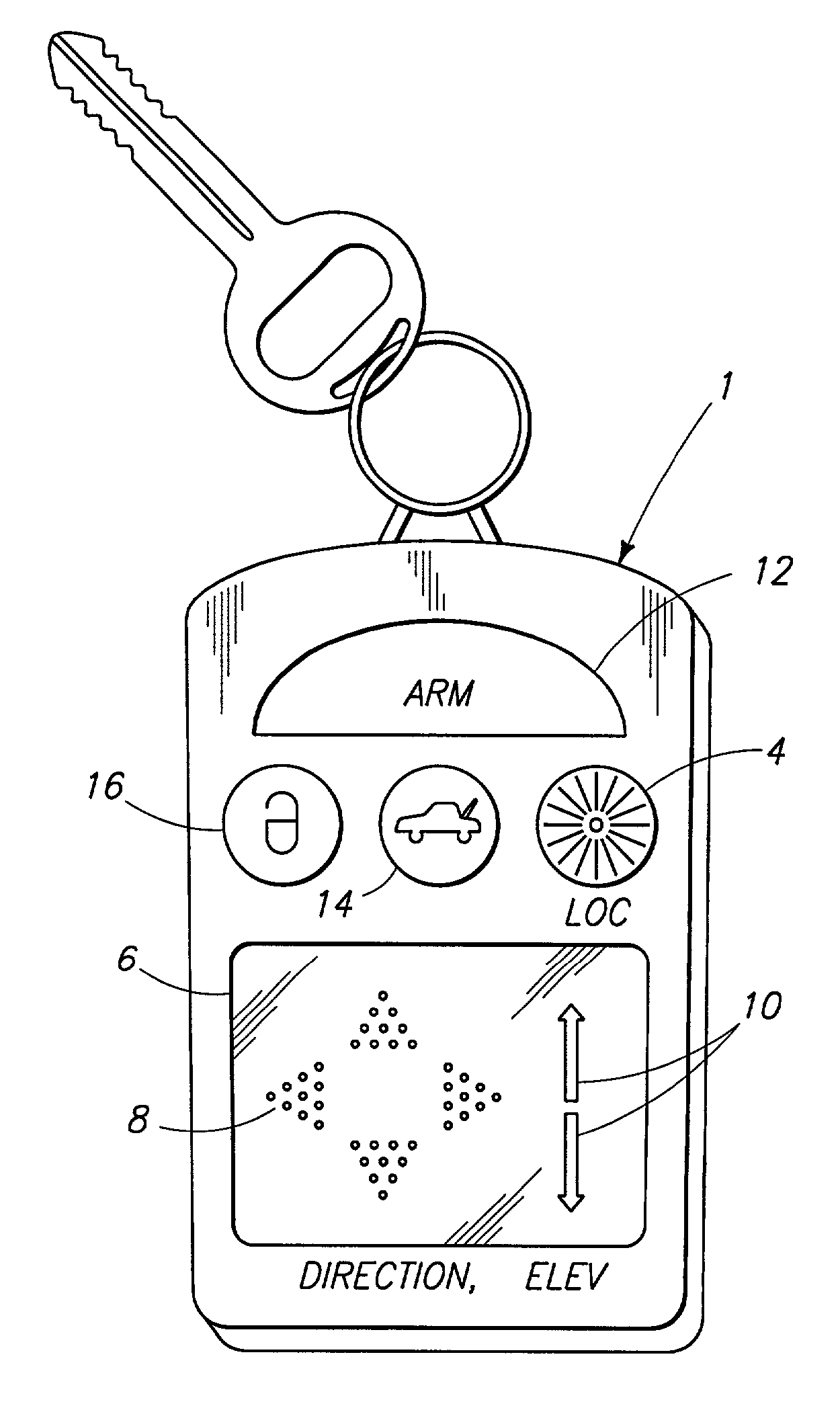
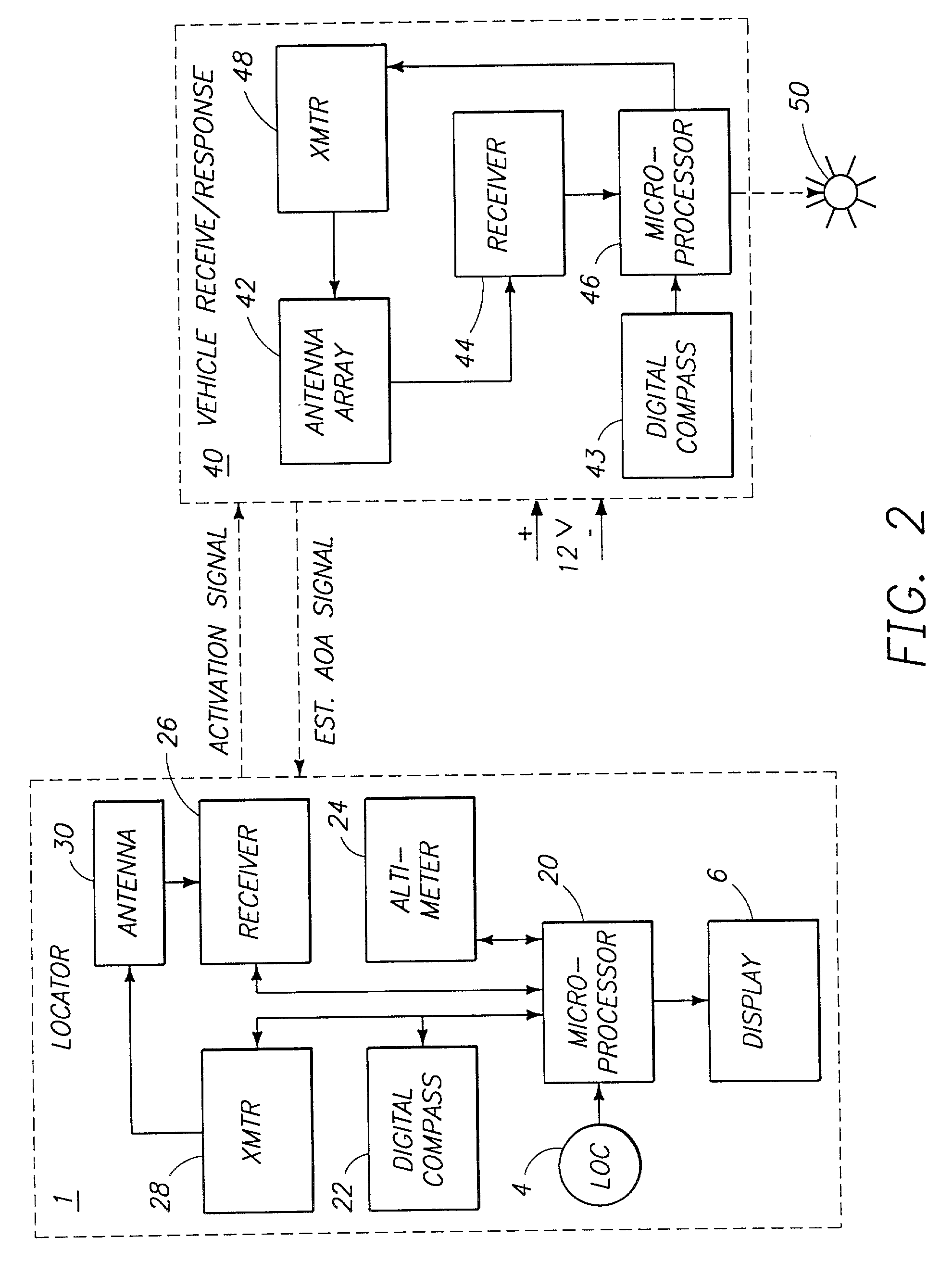
Vehicle beacon and method of use (US9772193B1) was filed on January 10, 2017, and currently has active status.
Using Bluetooth and/or Wi-Fi-enabled Radio Frequency (RF) beacon within a vehicle, the driver can see the current car location and navigate to the vehicle. Navigation can be accomplished by “using a Global Positioning System (GPS), a beacon navigation system, or a combination thereof.”
Advantages:
- The RF beacon can be utilized as a geofence, which can provide several functions, including a reminder to collect one or more items from the vehicle when the user travels outside of the geofence and automatically initiates a Location Service.
Disadvantages:
- Connections between mobile devices and vehicles rely on Bluetooth and radio signals, which can weaken over long distances or when there are walls/floors between the device and the vehicle.
- Relatively often scenarios may occur when the GPS is not available (often happens in big parking structures) and the radio waves are blocked by metals, including aluminum, contained in the surrounding cars. In this scenario, the device would be unable to provide any useful information about the location of the parked vehicle.
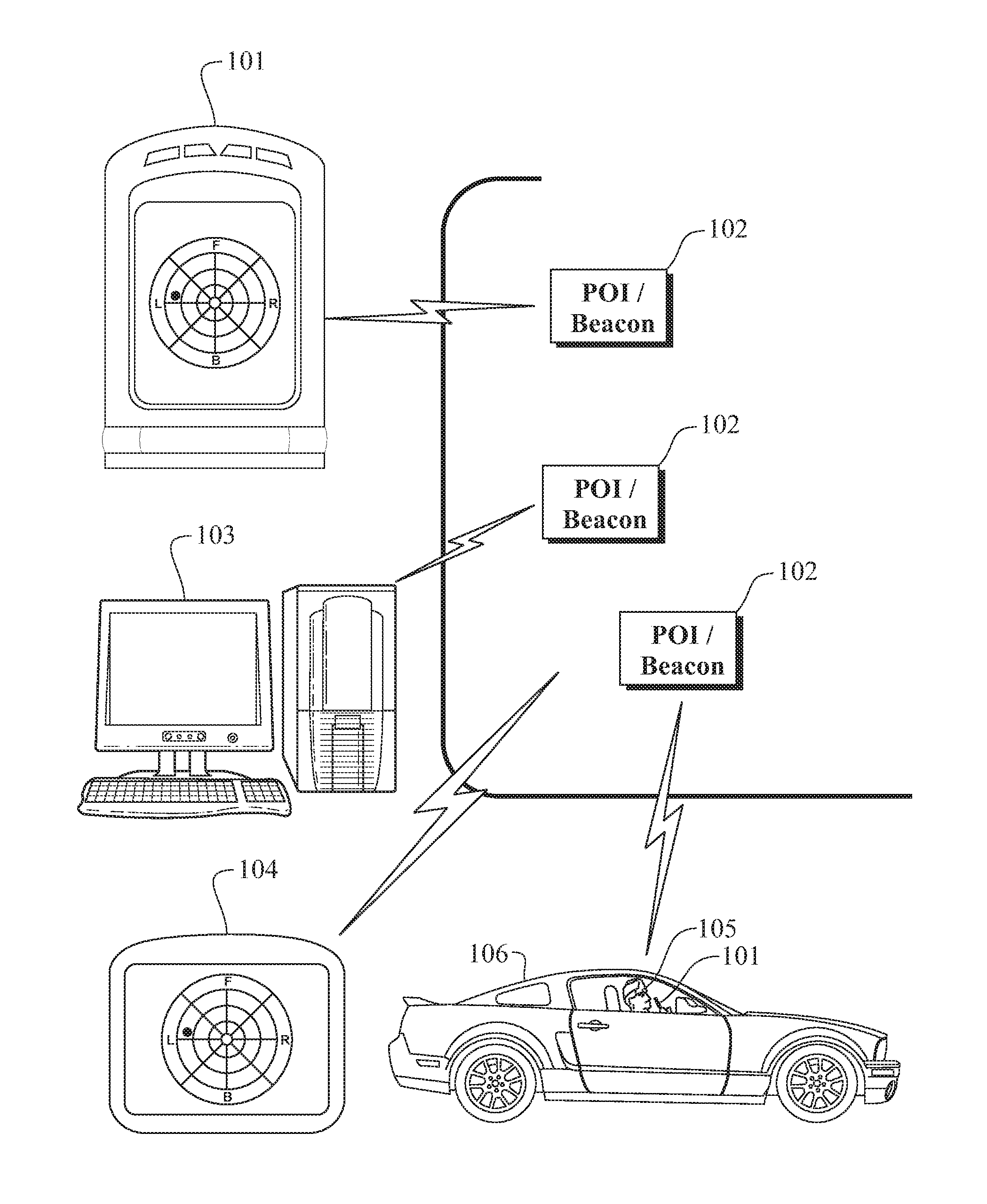
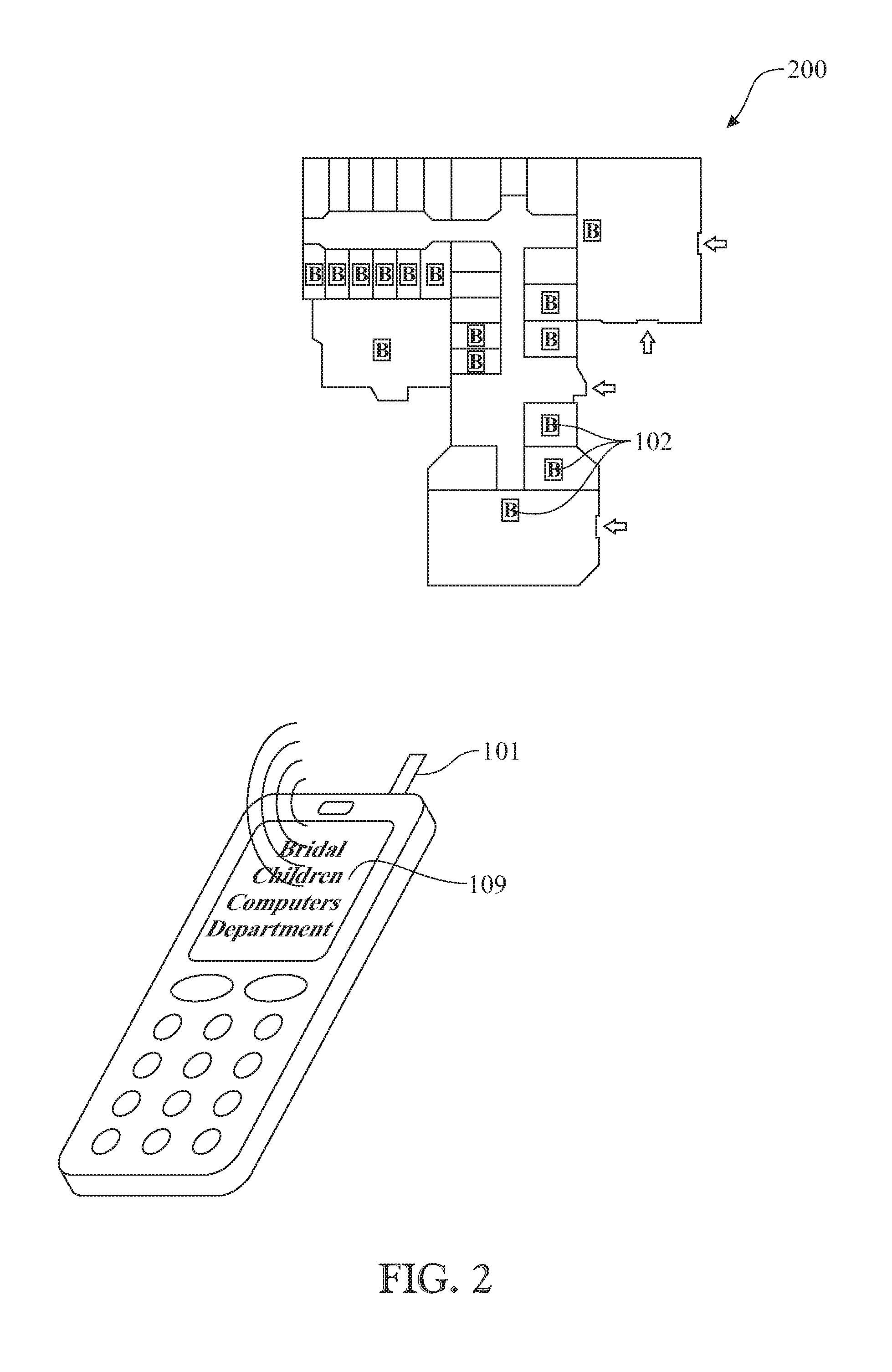
Automatic identification of vehicle location (US9080878B2) was filed on February 21, 2013, and currently has an active status.
A mobile computing device can be used to locate a vehicle parking location. In particular, the mobile device can automatically identify when a vehicle in which the mobile device is located has entered into a parked state. The location of the mobile device at a time corresponding to when the vehicle is identified as being parked can be associated with an identifier for the current parking location.
Advantages:
- The mobile device can automatically identify when the vehicle entered a parking state.
- Can be used in weak location signal scenarios, but not in all instances.
Disadvantages:
- Connections between mobile devices and vehicles rely on wireless connections such as Bluetooth or Wi-Fi, which can weaken over long distances or when there are walls/floors between the device and the vehicle.
- While the parking spot is recorded using Latitude and Longitude parameters, it may not be able to accurately display the parking lot floor difference between the car and driver. Especially, if the height of the floors is different at different parking structures.
- When parking at a location with a weak signal and, therefore, unavailable or inaccurate location technology such as GPS, the device uses the last (before it enters the zone) or the next known trusted location (after it becomes available again). However, if the driver remains in the area with the weak signal, they cannot record accurate vehicle location and therefore cannot be navigated to it. Thus, the device becomes useless in broad locations with a weak signal.
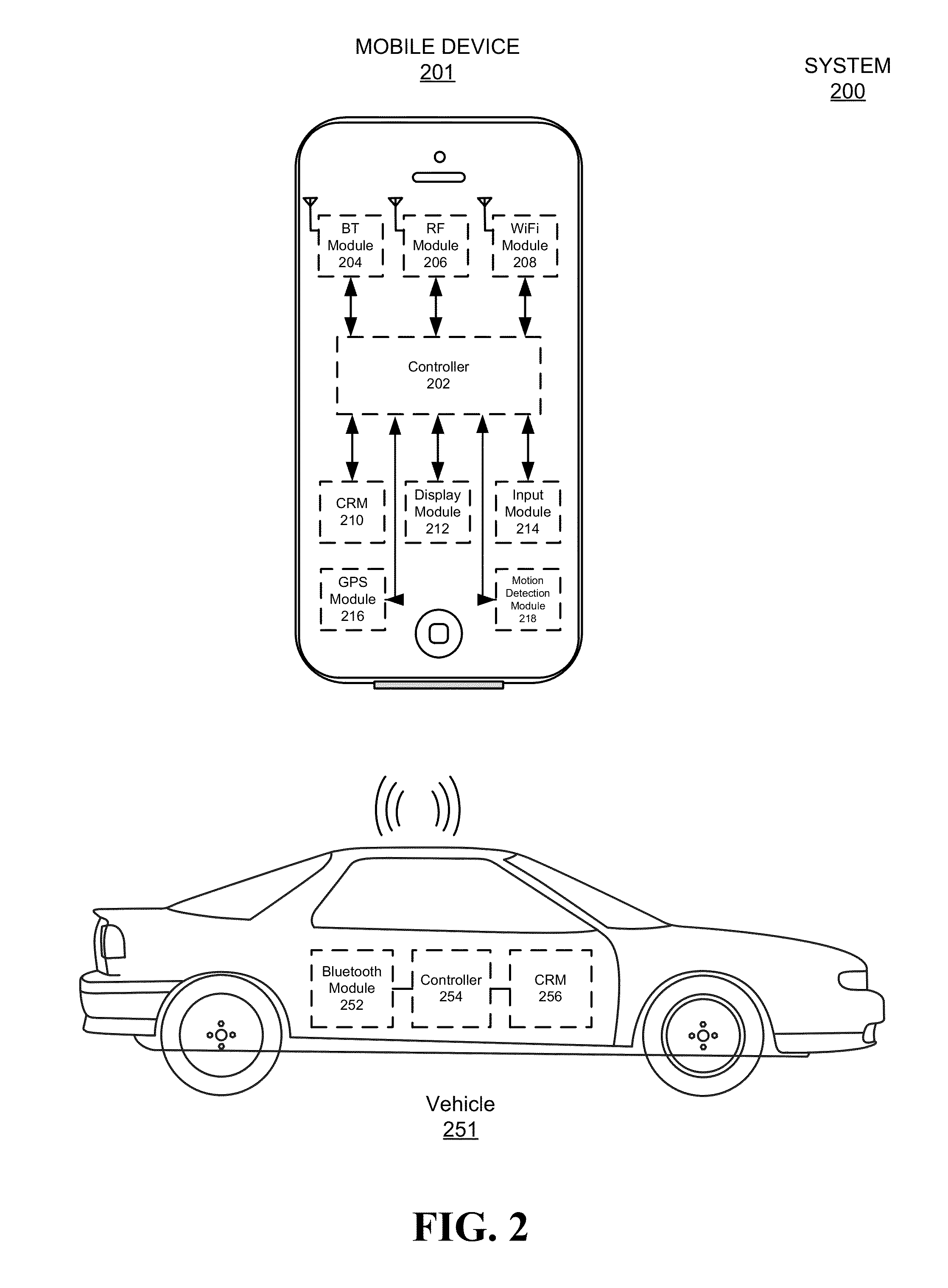
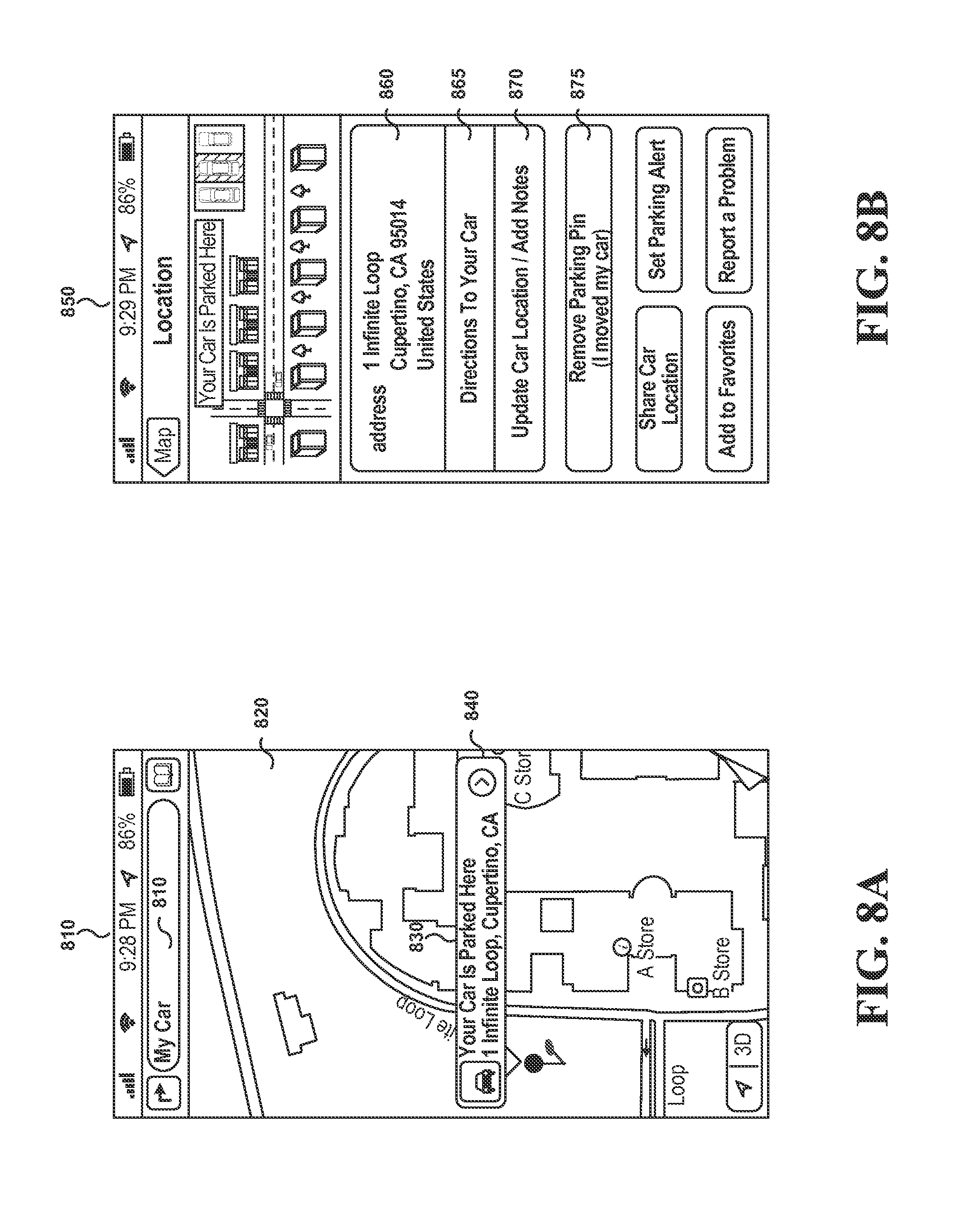
Multimode vehicle location device and method (US7847709B2) was filled on August 28, 2007, and has an active status.
A multi-mode electronic device designed to guide the user to a parked vehicle. It uses, if available, GPS data and vehicle location information provided by the vehicle to build a route to the vehicle. If they are unavailable or undesirable, the device automatically or manually uses photographs of familiar landmarks near the parked vehicle to help the user locate the vehicle. Such photographs can be combined with vehicle location information to make locating the vehicle even easier. This data is transferred to the handheld device when the user exits the vehicle, where it is stored until recalled by the user.
Advantages:
- Provides a visual representation of the vehicle's surroundings in addition to the path to the parked vehicle.
Disadvantages:
- In a large parking lot with a weak signal, this device may not be able to help drivers find their car promptly because they may not recognize pictures provided by the device among several floors and hundreds of parked vehicles.
- In a case when the car does not have any functionalities to provide pictures of surroundings to the device and the user is either in a rush or is unable to provide pictures, one of the main functionalities of the device becomes useless. Adding onto that the usual situation of the loose internet connection in large parking lots creates a situation when the device cannot help the user in any way to navigate to their parking lot/structure.
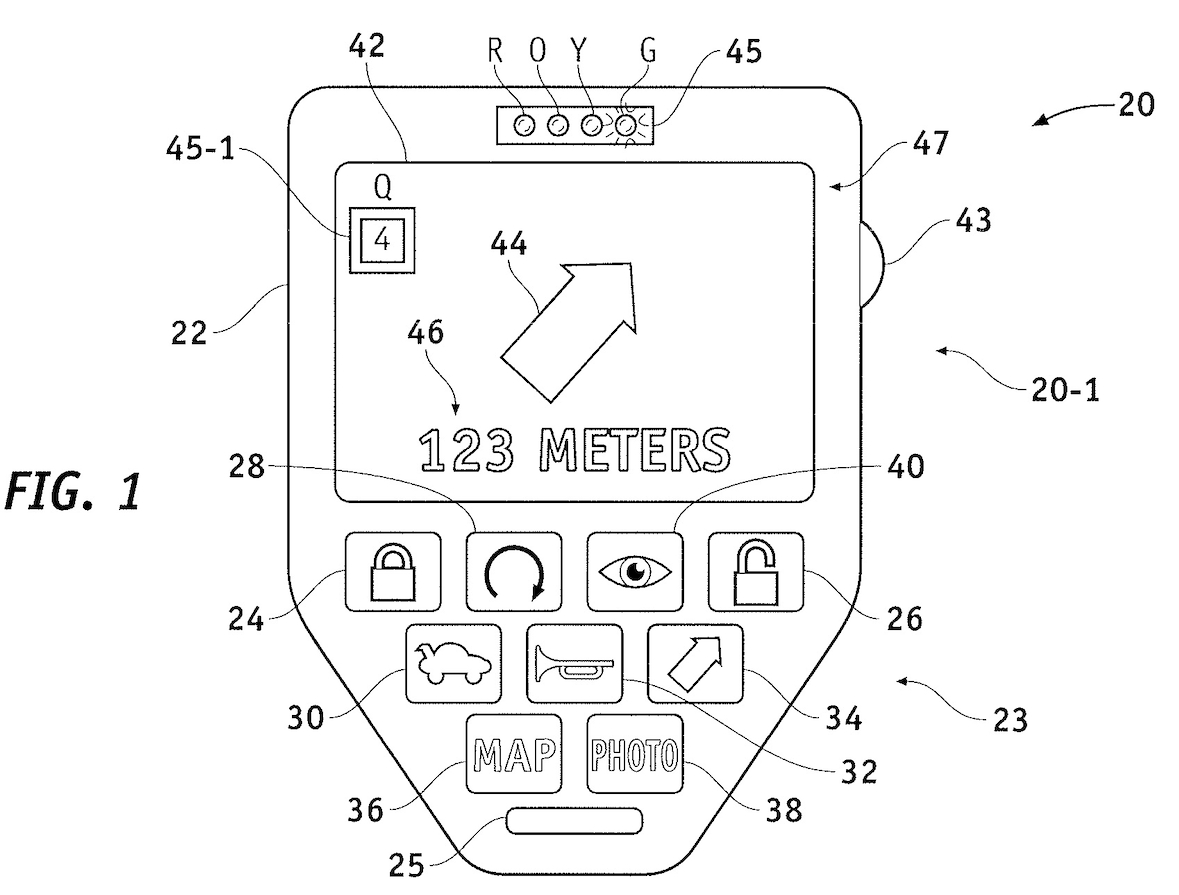
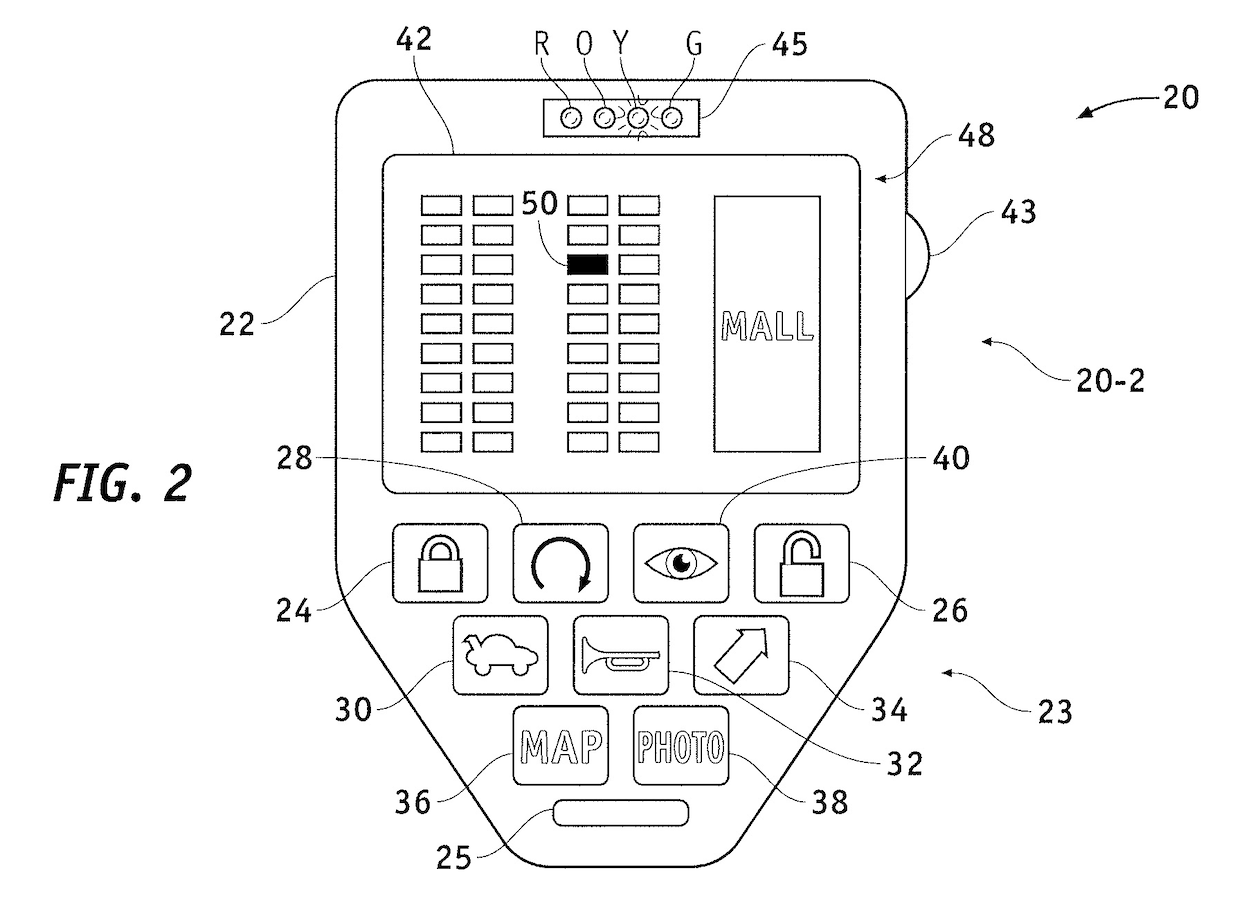
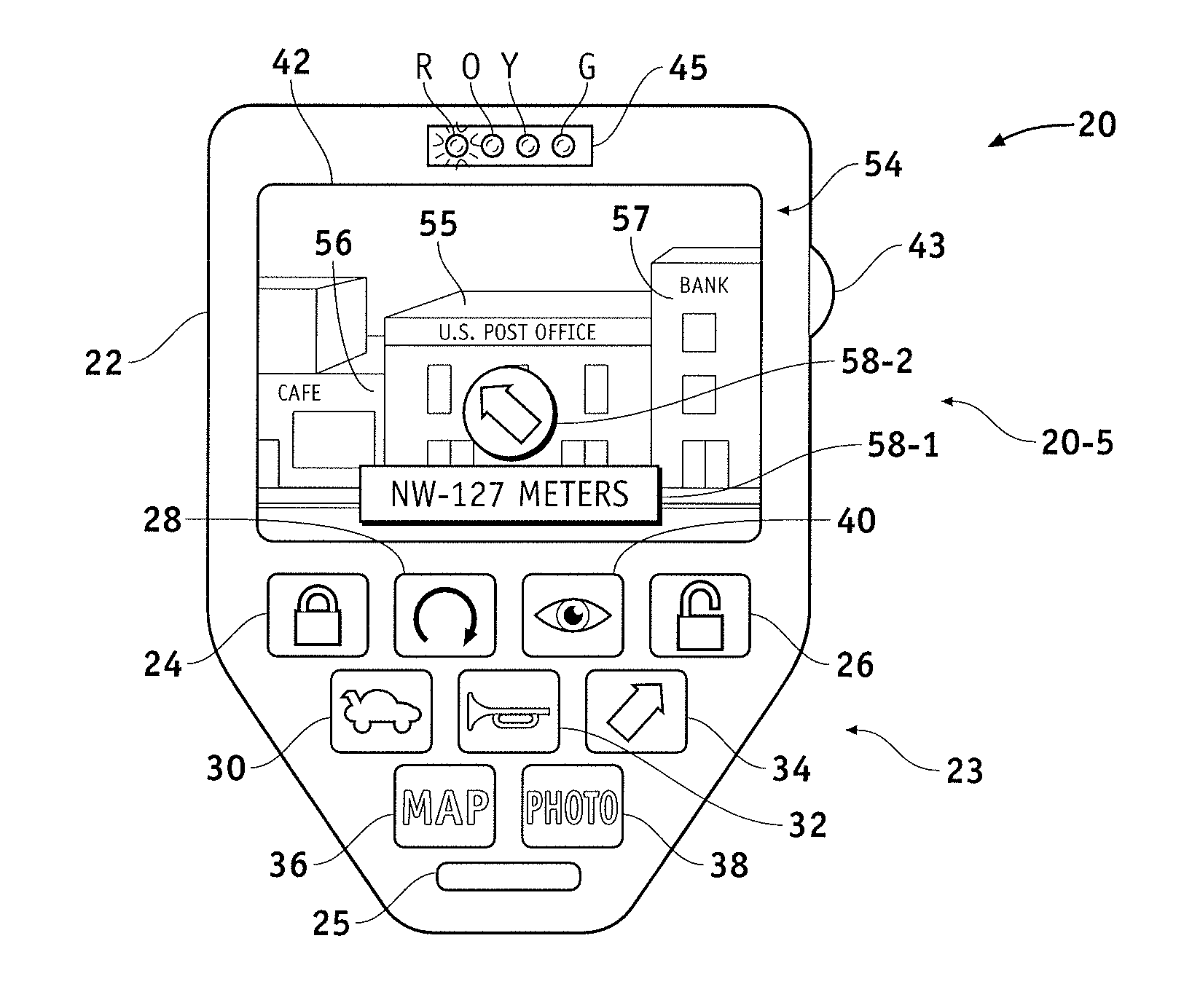
Parking Lot Surveillance (US20160328971A1) was filed on July 21st, 2016. Its current state is abandoned.
A group of linked cameras survey a parking lot and take images of the parked cars and their license plates. The images of the cars and their license plates are provided to an image processor, which identifies the license plate numbers and designates each parked car with its license plate number and its parked location. This information is then provided and available on a website, where a driver can check on her car by viewing the image of her parked car on the website. The image processor can further transmit a text message or an email to a subscriber associated with a designated car when an updated image of the designated parking space shows the location of the parked car vehicle being displaced, in case of an accident affecting the parked car, or absence of the parked car, in case of an unauthorized movement of the parked car.
Advantages:
- It takes minimal effort and no money for the user.
- The user would not have to keep track of anything themselves, nor would they have to keep a physical object on them due to the website.
Disadvantages:
- It is most likely very expensive to implement due to all the cameras.
- It would not work in areas with poor cell reception, due to its reliance on users accessing the website.
- This could lead to some privacy issues with having images of license plates and their locations posted on a public website.
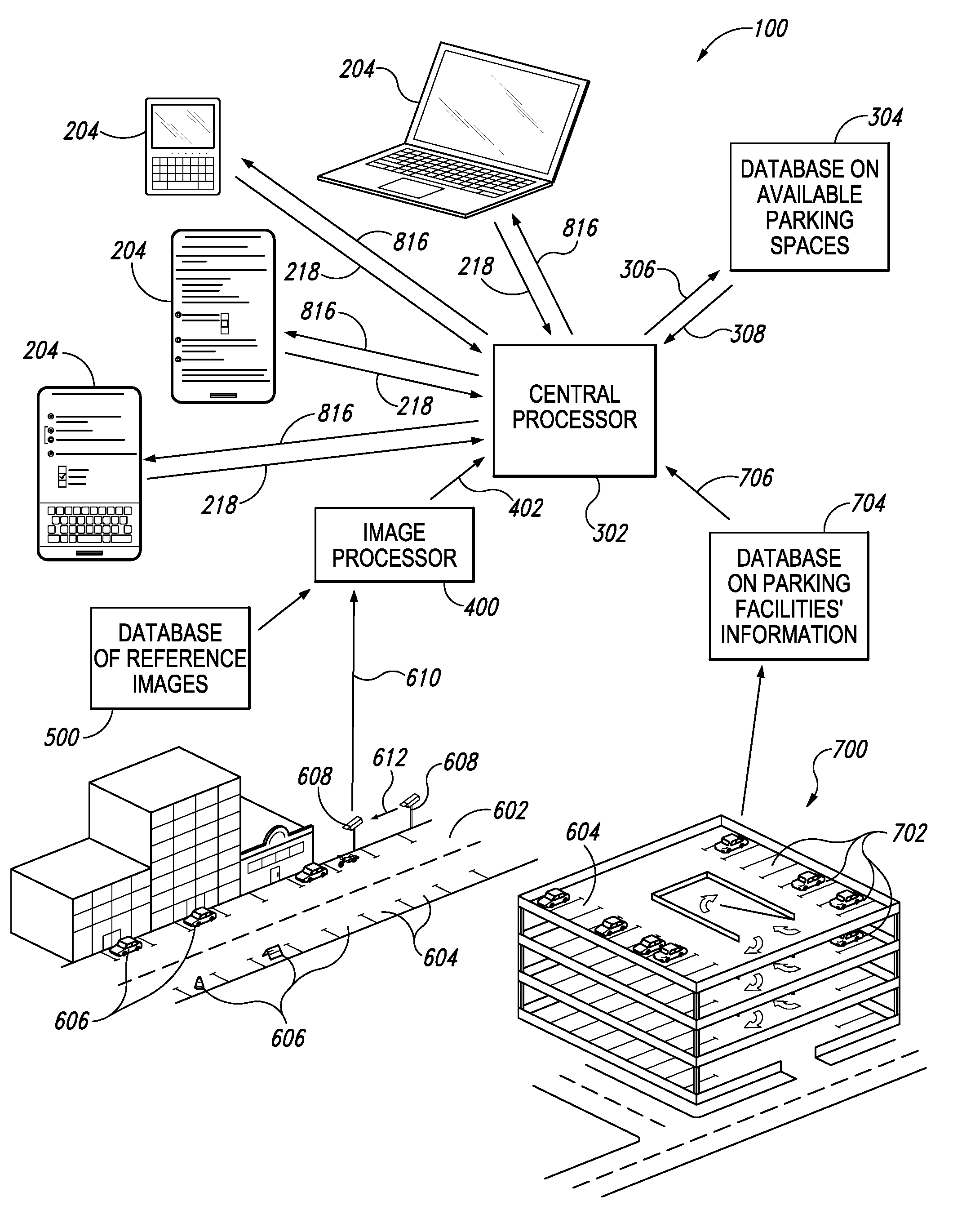
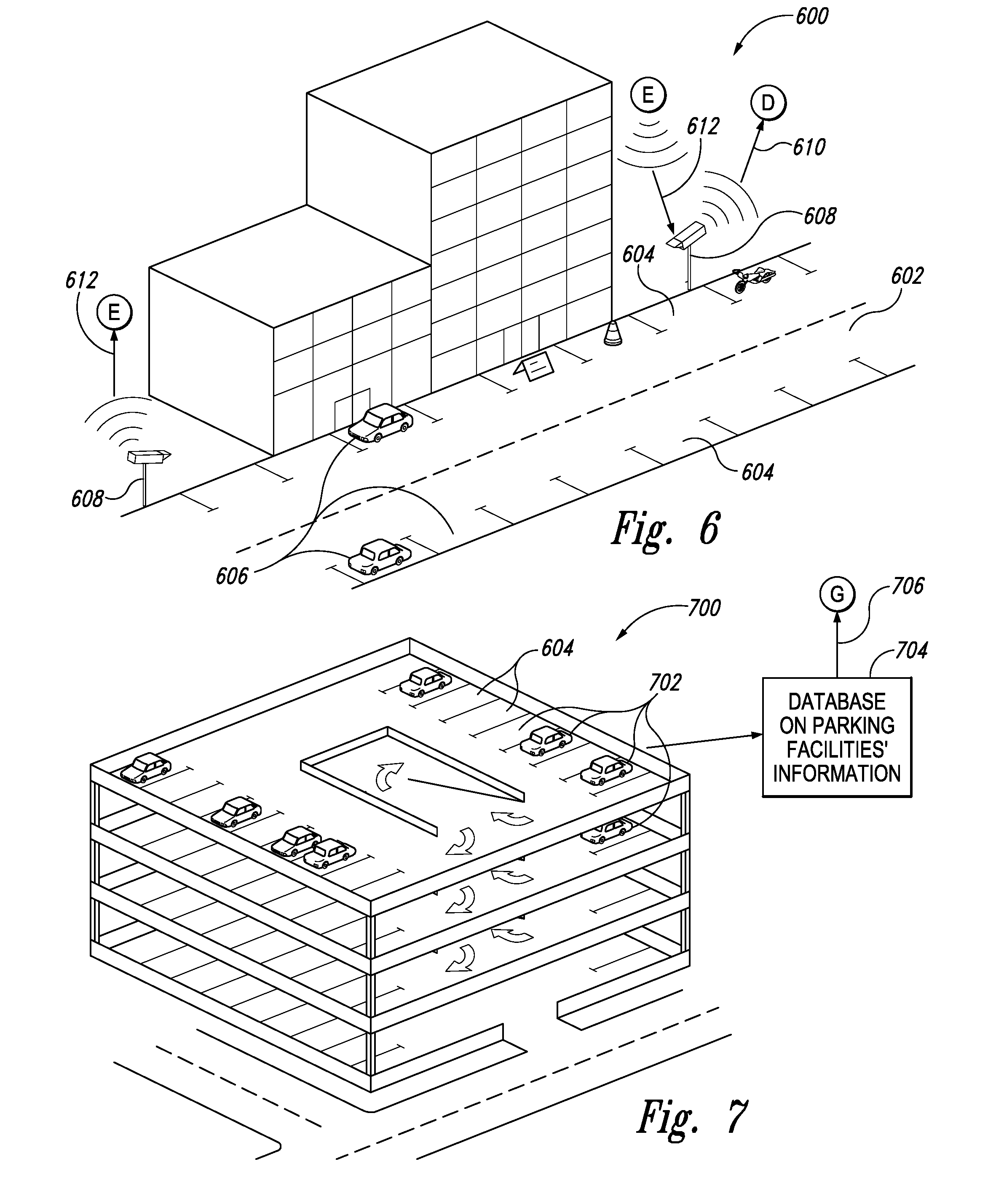
Product Research
Throughout the research, the team did find plenty of products that on face value, seem to be viable solutions for the problem, However, when digging deeper into their drawbacks and consumer reviews, many downsides begin to emerge.
One popular product that the team found was the Bouncie car tracker. On Amazon, the product had almost 5000 reviews, with an average rating of 4.6 stars. The product does indeed work very well, and this is reflected in the reviews. However, a big factor in whether people would buy a product is its price. The Bouncie tracker is $89.99, and on top of this hefty price tag, it also requires a 9$ subscription fee. This means that using this product for a year would cost the user almost $200. The subscription fee alone costs more than other subscription services such as Disney+, Netflix, and Hulu. Though it is a good product, the price tag makes it unattainable for a lot of people.
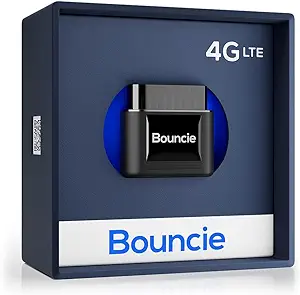
Another issue that the team encountered in many products was exclusivity to certain operating systems. One product that the team found was the Atuvos Key Locator. It is meant to be attached to a key chain, but it is also easily placed inside a car and tracked where the car is. However, this product can only work with Apple devices, as the app connected to it is only available on IOS. This makes the product unusable for a very large part of the population. Along with being too exclusive, it also seems like over time, the location becomes less accurate, which is a trend seen throughout the reviews. Another popular tracking device that people use is an Apple Airtag, which again, is also exclusive to Apple, so it does not accommodate a large portion of the population.
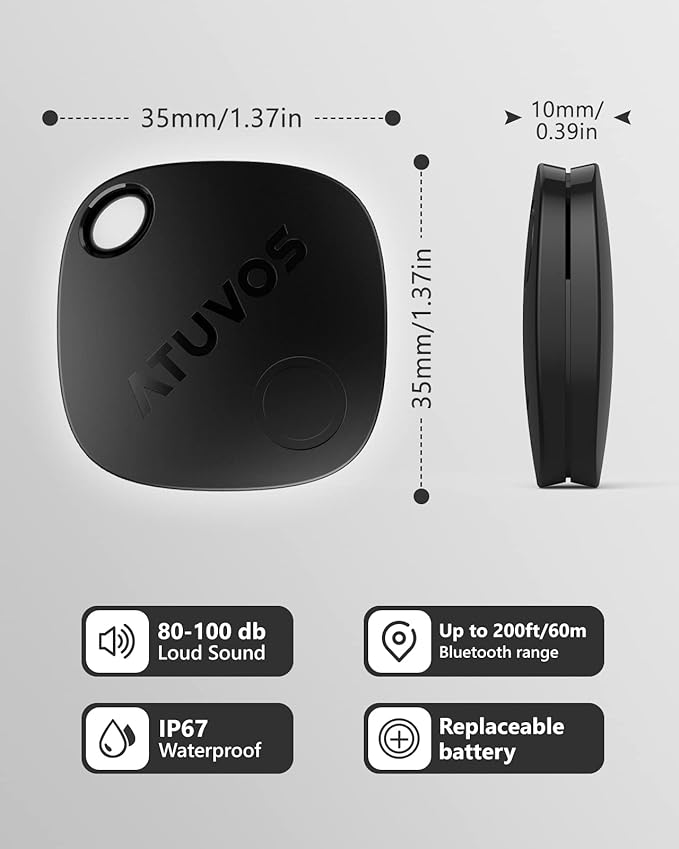
Many products on the market also deal with connectivity and functionality issues. One popular product was the PAJ GPS Tracker with 2550 reviews on Amazon. However, many of these products report having functionality errors, such as the location not showing up at all, or even having trouble with the SOS button. That could be a life-threatening error, and for a price of $30, it is not worth it to have a possibly faulty product. Along with the 30 dollars for the cost, there is a subscription cost of 50 euros each month, which is an insanely high price.
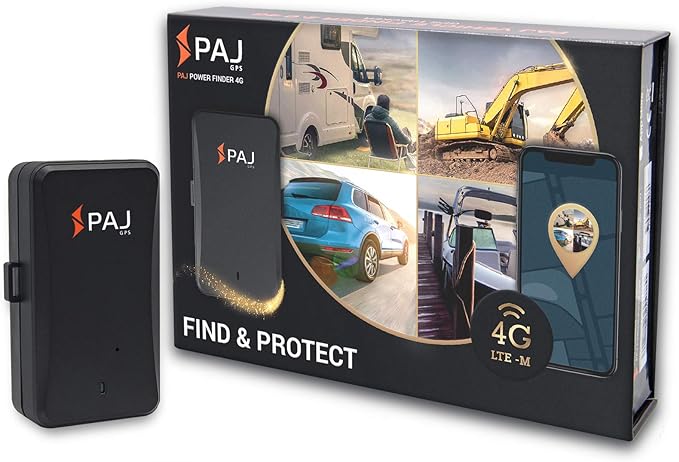
TileMate is a product that uses Bluetooth technology to connect to a phone to give real-time updates on its location. This tiny device has the dimensions 1.49 x 1.49 x 0.28 inches. But being such a small device has flaws. The Bluetooth range only being 250 feet. With this range, it does not make it practical to use when finding a car, especially when one is parked in a multi-level parking lot. The device however is IOS and Android compatible and has an IP rating of 67. The price of the product only being $24.99.
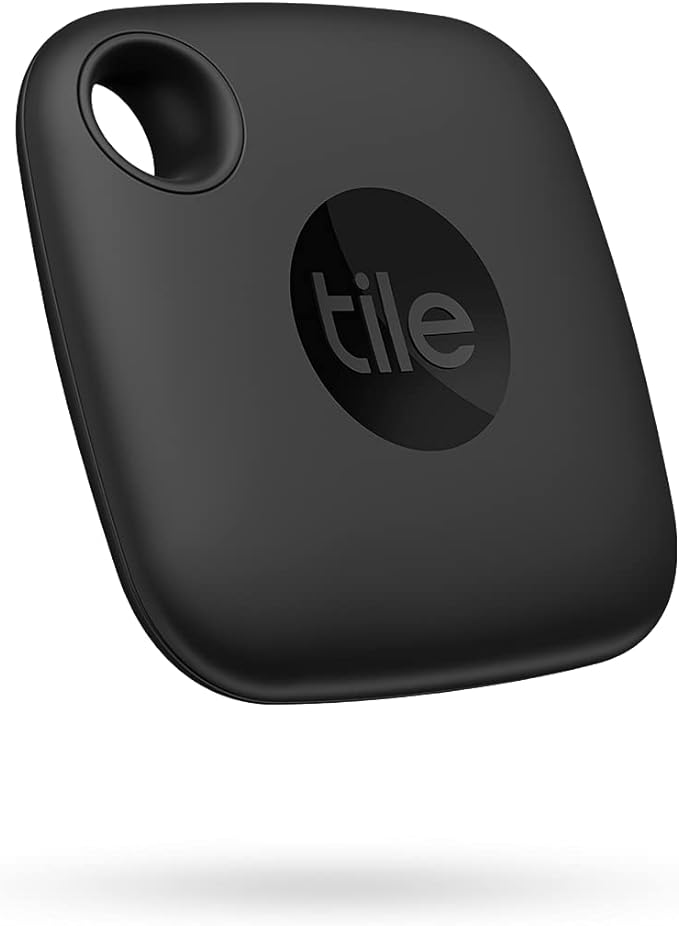
The final product that the team looked at was the Spytec. It is also a very popular product, with 13,000 reviews on Amazon, and a viable price tag of 30 dollars. However, one big issue that was seen throughout the reviews was that Spytec's location tracking was off by around 150 feet. This might be okay when looking for a general location, but 150 feet is a massive area, and many cars can be within that range, so it could be hard to pinpoint the location of one's car.
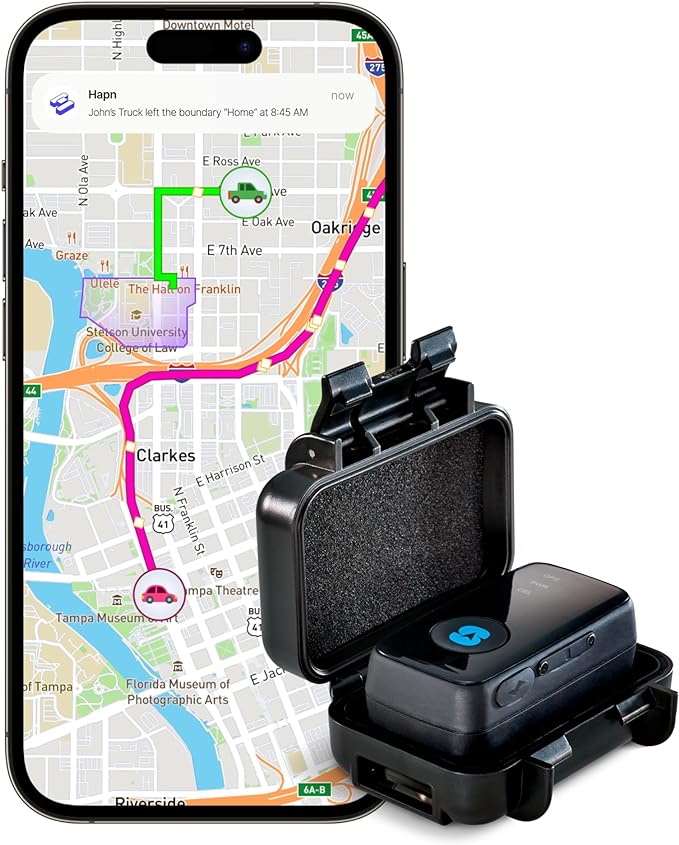
Conclusion
A theme that is consistent throughout all the products that the team found online was that there was no way to distinguish between different elevations. This is a major issue since multilevel parking garages are a part of the team's problem statement. With only a horizontal location, it would be hard to recognize which floor a car is parked on, which can waste a lot of time.
The products the team found do not fully solve the problem of people losing their parked car due to faulty devices, minimal Bluetooth range, batteries exploding from the product, or the product just costing too much money for the consumer. By knowing about these past products, the KIRR Tech team can understand where those products went wrong and be able to advance and improve the product, by making their own to fix the flaws. They would use the knowledge and data they collected to meet the expectations of the customers. The team’s commitment extends to establishing specific requirements that prioritize user safety, convenience, and cost-effectiveness. These requirements would fall under the margin of a fair price of the product, have a long and strong range for Bluetooth/Wifi connection, and even ensure their product does not become faulty. By taking this multifaceted approach, the team aims to create a product that not only resolves the issue at hand but also sets a new standard in terms of reliability, accessibility, and environmental responsibility.
